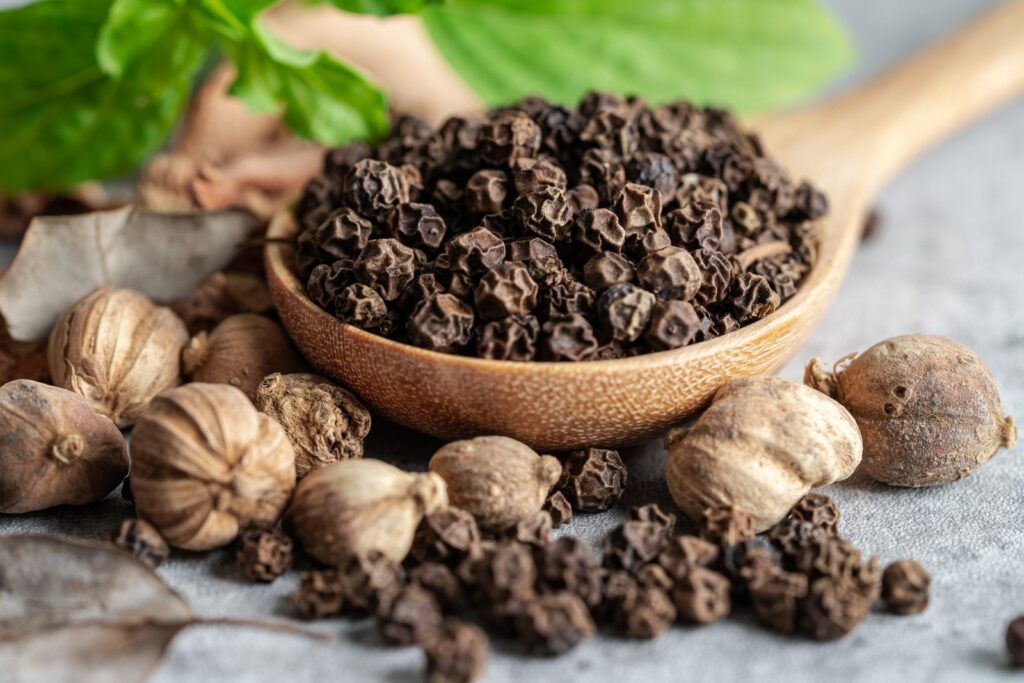Fermentation, an age-old culinary technique, is experiencing a resurgence in popularity. This isn’t just a fad; it’s a rediscovery of a time-tested method for preserving food while unlocking a world of vibrant flavors and potential health benefits. From tangy kimchi to bubbly kombucha, fermented foods offer a delicious and nutritious culinary adventure. This article delves into the fascinating world of fermentation, exploring its history, science, and the multitude of ways it enriches our plates and our well-being.
A Legacy of Transformation: Uncovering the History of Fermentation
Fermentation is an ancient practice with roots stretching back millennia.
- Accidental Discoveries: The earliest examples of fermented foods likely arose through accidental discoveries. Early humans may have stumbled upon the preservation potential of fermentation during food storage.
- A Global Tapestry: Fermentation techniques were independently developed across various cultures worldwide. From sauerkraut in Europe to kimchi in Korea, each region boasts unique fermented delicacies.
- Preserving the Harvest: In an era before refrigeration, fermentation served as a crucial method for preserving food, ensuring a reliable food source throughout the year.
The Science Behind the Fizz: Unveiling the Fermentation Process
Fermentation is a complex biological process driven by microorganisms like bacteria and yeast. Here’s a breakdown of the magic:
- Breaking Down Sugars: Microorganisms consume the natural sugars present in food, such as lactose in milk or starches in vegetables.
- The Power of Byproducts: As the microorganisms break down sugars, they produce various byproducts, including lactic acid, alcohol, and carbon dioxide.
- Flavorful Transformations: These byproducts contribute to the distinct flavors, textures, and aromas associated with fermented foods.
- Enhanced Preservation: The acidic environment created during fermentation inhibits the growth of harmful bacteria, extending the shelf life of food.
A Symphony of Flavors: Exploring the Diverse World of Fermented Foods
The world of fermented foods offers a vast array of flavors and textures to tantalize your taste buds.
- The Tangy Trio: Sauerkraut, kimchi, and yogurt are some of the most popular fermented foods, offering a delightful tanginess that complements various dishes.
- Beyond the Brine: Fermented foods extend far beyond vegetables. Fermented cheeses like cheddar and Gouda, and beverages like kombucha and wine, showcase the versatility of this technique.
- A Global Feast: Embark on a culinary journey around the world through fermented foods. Explore miso paste (Japan), tempeh (Indonesia), and kefir (Eastern Europe) to discover unique flavors and textures.
Beyond Taste: Unveiling the Potential Health Benefits of Fermented Foods
Fermentation not only enhances flavor but also offers a multitude of potential health benefits.
- A Probiotic Powerhouse: Fermented foods are rich in probiotics, live bacteria that contribute to a healthy gut microbiome. A balanced gut microbiome has been linked to improved digestion, immune function, and even mental health.
- Enhanced Nutrient Absorption: The fermentation process can break down complex molecules in food, making certain nutrients more bioavailable and easier for our bodies to absorb.
- Boosts the Immune System: The gut microbiome plays a crucial role in immune function. Probiotics from fermented foods may help support a healthy immune response.
- Potential Anti-Inflammatory Benefits: Some studies suggest that fermented foods may offer anti-inflammatory properties, potentially aiding in managing inflammatory conditions.
Getting Started with Fermentation: A Beginner’s Guide to Fermenting at Home
Fermenting your own food is an exciting and rewarding way to experience the magic firsthand. Here’s a roadmap for beginners:
- Choosing Your Project: Start with a beginner-friendly option like sauerkraut or kimchi. Both require minimal equipment and offer clear visual signs of fermentation progress.
- Gathering Supplies: Invest in basic fermentation equipment like a glass jar, lid, and fermentation weights.
- Selecting Ingredients: Use fresh, high-quality ingredients for optimal results. Look for organic produce whenever possible.
- The Art of Patience: Fermentation is a time-dependent process. Be patient and allow your ingredients to ferment for the recommended time to achieve the desired flavor and texture.
- Safety First: Always follow proper hygiene and sanitation practices when fermenting food to ensure safety.
Beyond the Basics: Exploring Advanced Fermentation Techniques
As you gain confidence, delve into more advanced fermentation techniques.
- Expanding Your Repertoire: Explore fermenting different vegetables, fruits, and grains to create unique condiments, beverages, and even fermented bread doughs.
- Temperature Control: Some fermented foods, like yogurt, benefit from maintaining a specific temperature during fermentation. Invest in a fermentation thermostat






